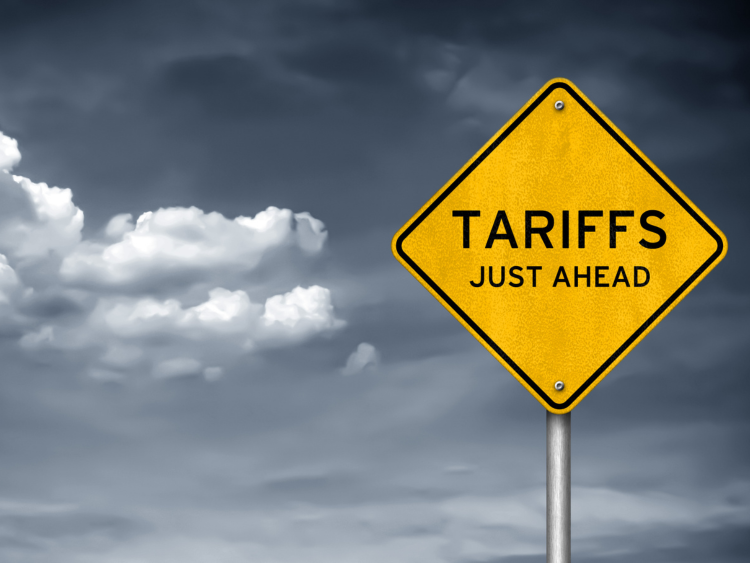Trade Cases

Letters to the Editor: Failure of Trade Cases Responses
Written by John Packard
March 30, 2017
Steel Market Update (SMU) published an article in Tuesday evening’s newsletter entitled, “The Data Shows the Trade Cases Have Failed. The Question is Why?” and we have gotten some responses to this article that we would like to share with our readers.
A manufacturing company sent us the following note: “Steel will “leak” into the global market place one way or the other. If in the case of China their steel can’t be shipped directly into the USA it will be shipped somewhere effectively increasing supply in other steel producing countries. With some exporting countries, even with duties added, pricing has becomes too attractive to ignore. At some point North America may need to decide whether it wants to be producing high priced steel or reasonably priced finished goods.”
While a large service center group sent this: “I have been saying the same think for the past year.. Amazing to watch the “whack a mole” game live and in person!
“However, I think it is somewhat incorrect to a state that the trade cases have “failed” when the domestic mills have been generally able to run their cold mills and galv lines at capacity (historically strong Auto demand and solid construction spending helping) and have established a consistent $200 spread over HRC!
“The positive effect of the trade cases may not be lower volumes but rather the removal of China who was BY FAR the cheapest importer and forced the rest of the world to compete at ridiculous price levels. I could argue that the Chinese volumes were replaced by higher cost and/or more disciplined mill’s, which has resulted in a far better / reasonable import pricing environment.. Many of the countries now supplying the market were not active previously as they simply couldn’t compete at the prices levels set by the Chinese.
“This is not to say the current situation is sustainable and that the still elevated import volumes won’t ultimately undermine pricing..
• CRC and Galv in the US are simply TOO high based on global levels.. (I know the mills are well aware of this, but they really can’t extricate themselves from the short-term strategy of “make while we can”)
• The market has to absorb Big River CRC and Galv capacity in H2
• Does Auto production start to moderate from peak levels?
“It seems inevitable that the high CRC/Galv import volumes will overwhelm the supply/demand balance sooner or later and then your claim of “failure” may be more appropriate!”
We also got a suggestion from a retired steel mill CEO who said, “With reference to your article on trade cases, instead of doing your comparison on a total year basis, I would suggest, if you do a follow-up article for this same time period, showing country specific basis for each HRC, CRC and GA.
“The trade cases took care of the big guns (this will show in your data), but which new countries are filling in their spaces and benefiting from their absences. Your data will show which new countries are in this latter case and you might be surprised that it is not only bout Vietnam.”
His suggestion seems like a good one and we will do an analysis of the countries sending HR, CR, GI and AZ to the United States before the trade case results went into effect and then what happened in 2016. Look for these articles over the next week as we will break out the results one product at a time.

John Packard
Read more from John PackardLatest in Trade Cases

Price on Trade: The foolishness of free trade with controlled economies
It was only a matter of time before a shutdown happened. And, no, we aren’t talking about the federal government’s lapse in appropriations. On Oct. 9, Beijing announced a series of restrictions that will effectively shut down exports of rare earth elements, magnets, and certain downstream products vital to advanced manufacturing.

Trump pulls plug on trade talks with Canada after anti-tariff Reagan ad
US President Donald Trump took to social media late Thursday night to announce he was canceling trade talks with Canada.

Leibowitz: Renewed trade war with China over rare earths
On Oct.10, President Trump announced major increases in tariffs on Chinese goods. The trigger was a new regime of export controls on rare earth metals and products using those elements, including magnets, capital equipment, and catalysts for catalytic converters in cars and trucks.

Industry piles on new Section 232 steel derivative inclusion requests
The Department of Commerce received 97 submissions from producers, manufacturers, and groups seeking Section 232 tariff coverage for steel and aluminum derivative products.

Price on Trade: New EU steel tariffs don’t mean the US should weaken its stance
Any steel imports into the EU that exceed the new, lower quota level would be subject to a 50% tariff, which represents a major increase from the EU’s current 25% out-of-quota tariff. This move would largely align the EU’s steel tariff rate with Canada and the United States.
